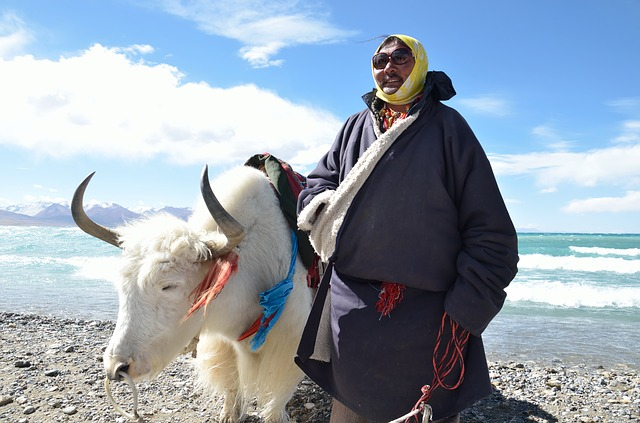
Even though we complain that due to the advancement of technology, we are now facing several issues, such as climate change and cyber attacks, many people also believe that without the help of science and technology, the discovery of our own history was impossible.
Recently a group of researchers found that ancient Mongolians used to have milk from cow and sheep, even though they could not digest lactose. This discovery was made after the team analysed ancient dental plaque.
It should be noted that modern residents of Mongolia are big on dairy products involving seven different animal species, such as cows, yaks and camels. But it was difficult to understand their food habit in ancient days, as they used to follow Nomadic lifestyles, which means there will be no kitchen trash, no preservation in ancient pots with lingering traces of milk fats.
As reported by Science News, Christina Warinner, a molecular anthropologist and his team of researchers conducted the research on a skeleton, which was found in 22 burial mounds belonging to the Deer Stone culture.
During the annual meeting of the American Association for the Advancement of Science of February 16, the lead author Warinner from Max Planck Institute for the Science of Human History in Jena, Germany said that her team found the dental plaque, or tartar, on the teeth of the skeleton, they found traces of milk protein.
As per the research, those proteins showed that ancient Mongolian residents used to drink milk from cows, yaks, goats and sheep. They also stated that unlike modern-day Mongolians, ancient people did not use milk from camels or reindeer as a food substance.
However, further research on Mongolian's DNA also confirmed that they were lactose intolerant as adults. But Warinner said that the Deer Stone people, like modern Mongolians, may have relied on bacteria within the gut, known as the gut microbe, to beat the lactose.
The team of researchers first found the milk protein in the dental plaque of the European Bronze Age skeletons dating back to 3000 B.C. They also said that the tooth tartar can contain evidence of a person's lifetime.









